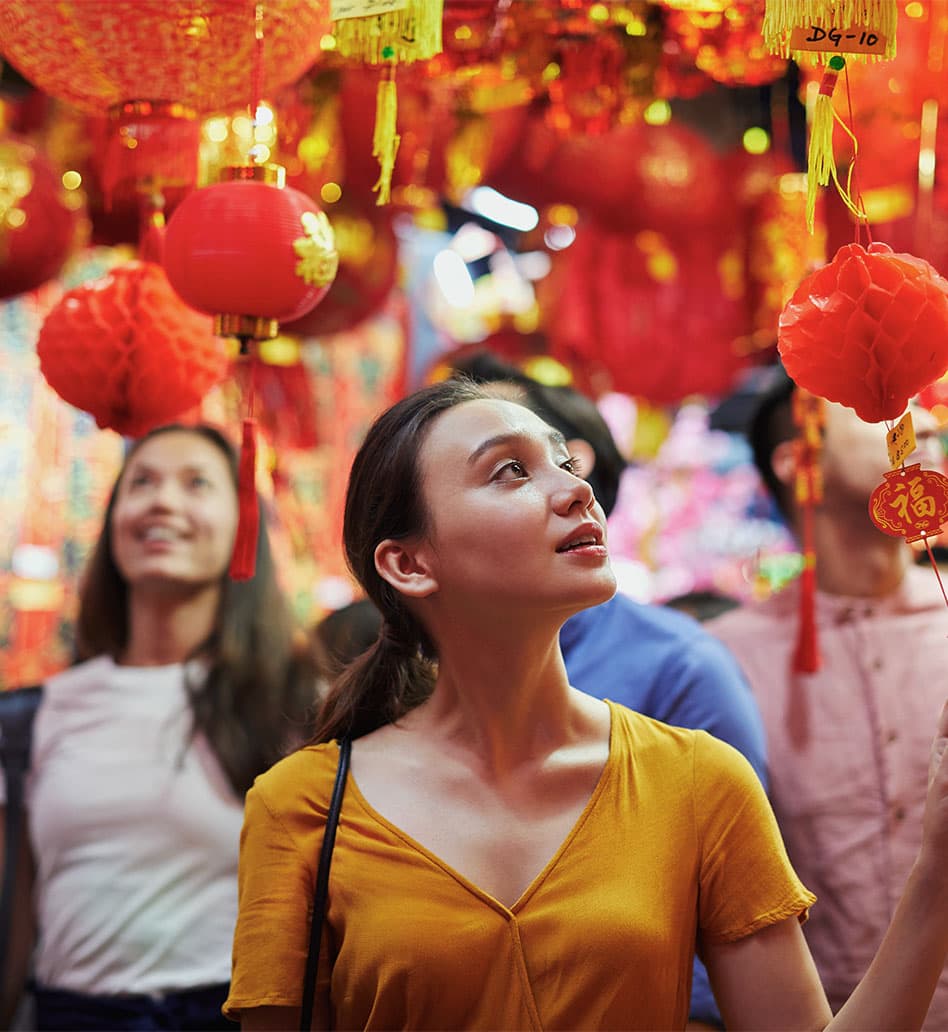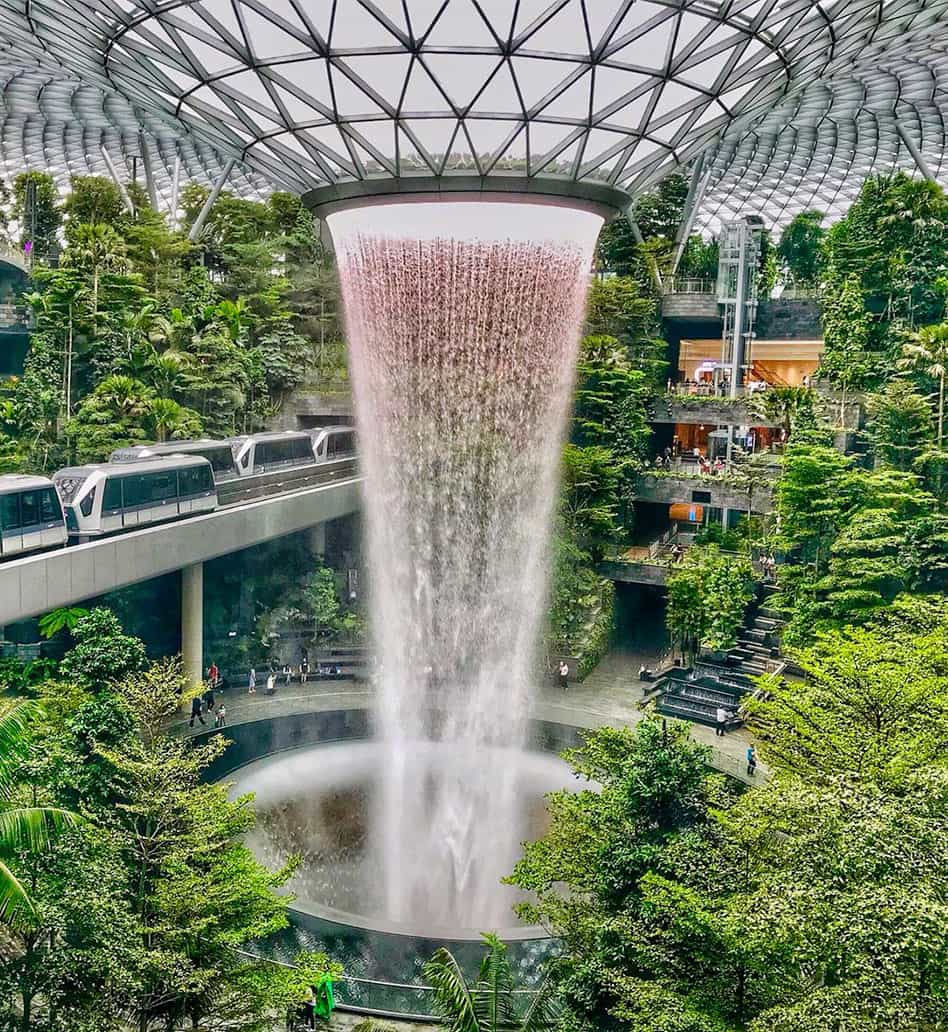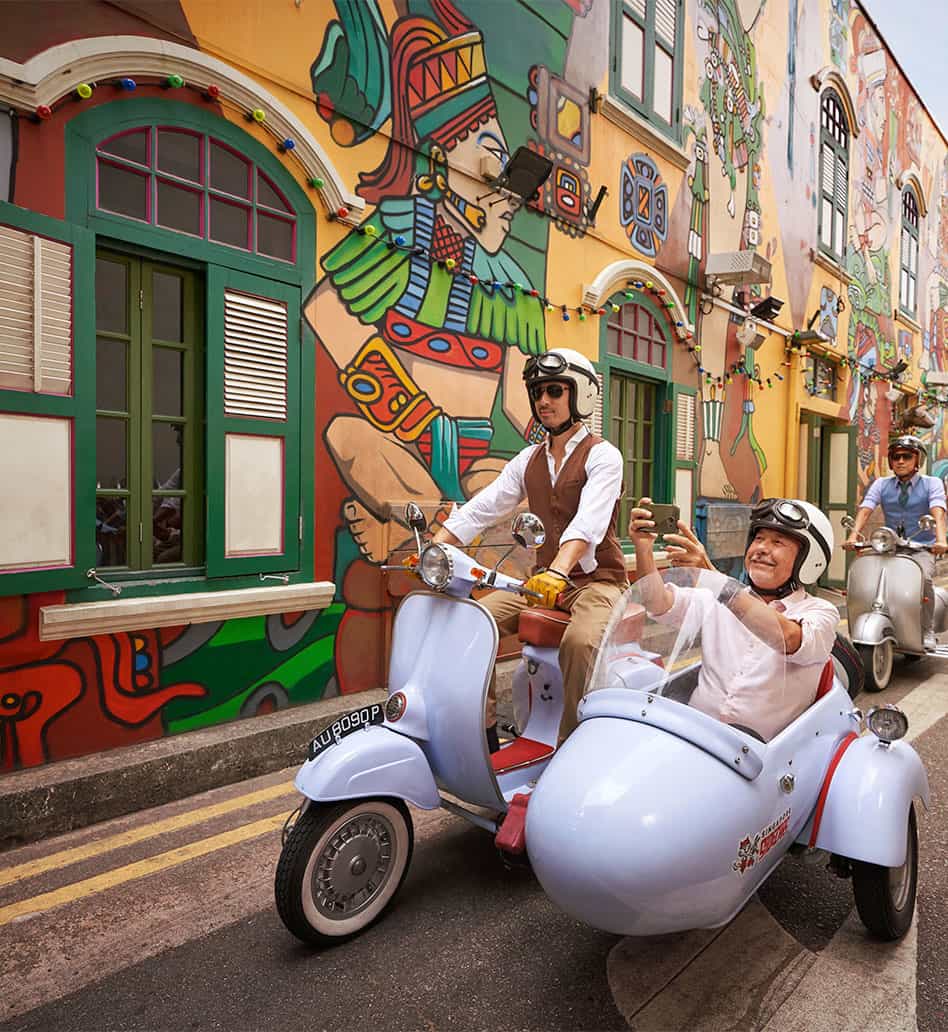- Global
What's Happening
Neighbourhoods
Things To Do
This is a modal window.
Beginning of dialog window. Escape will cancel and close the window.
End of dialog window.
This is a modal window. This modal can be closed by pressing the Escape key or activating the close button.
Whether you’re hunting for mouthwatering food, stories or architecture, explore the vibrant cultures and rich heritage of Singapore and create your own adventures.



Flags, fireworks and patriotic festivities abound in August, when Singapore celebrates her birthday.